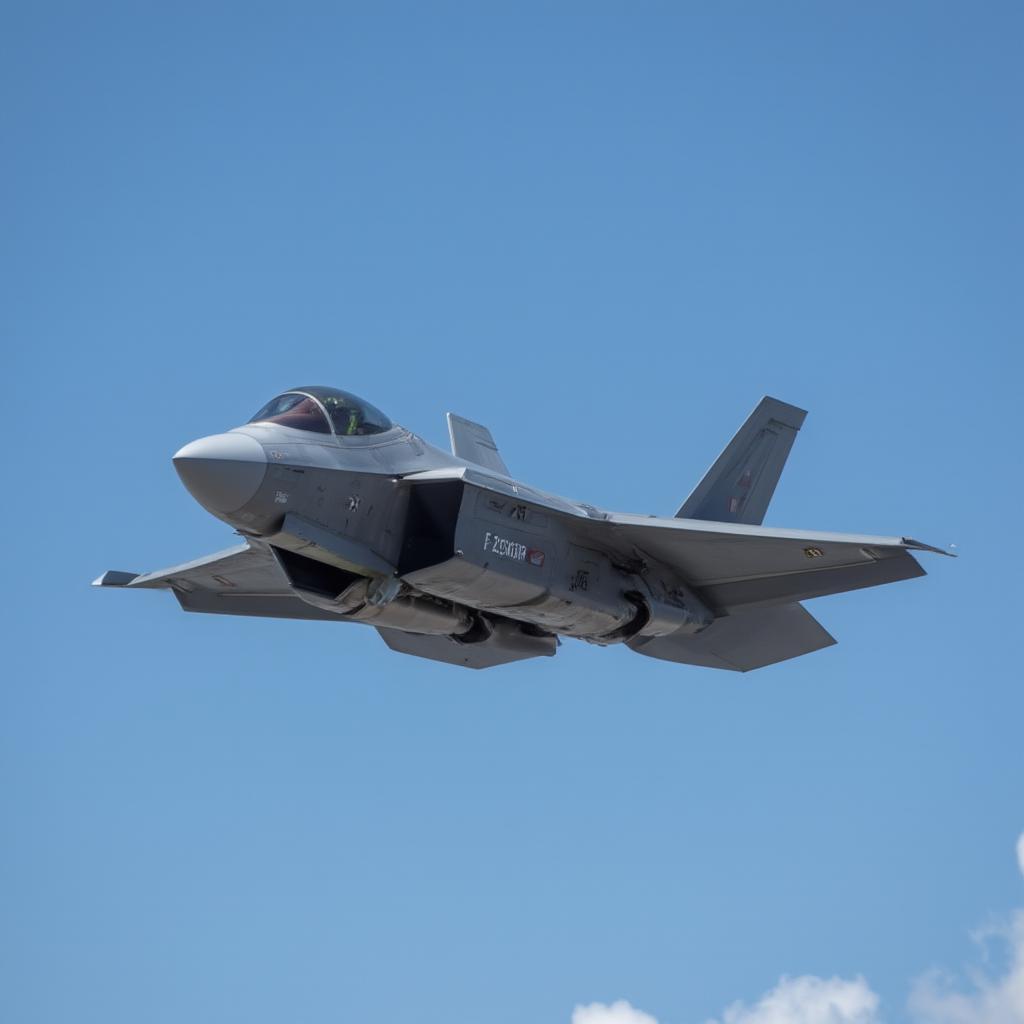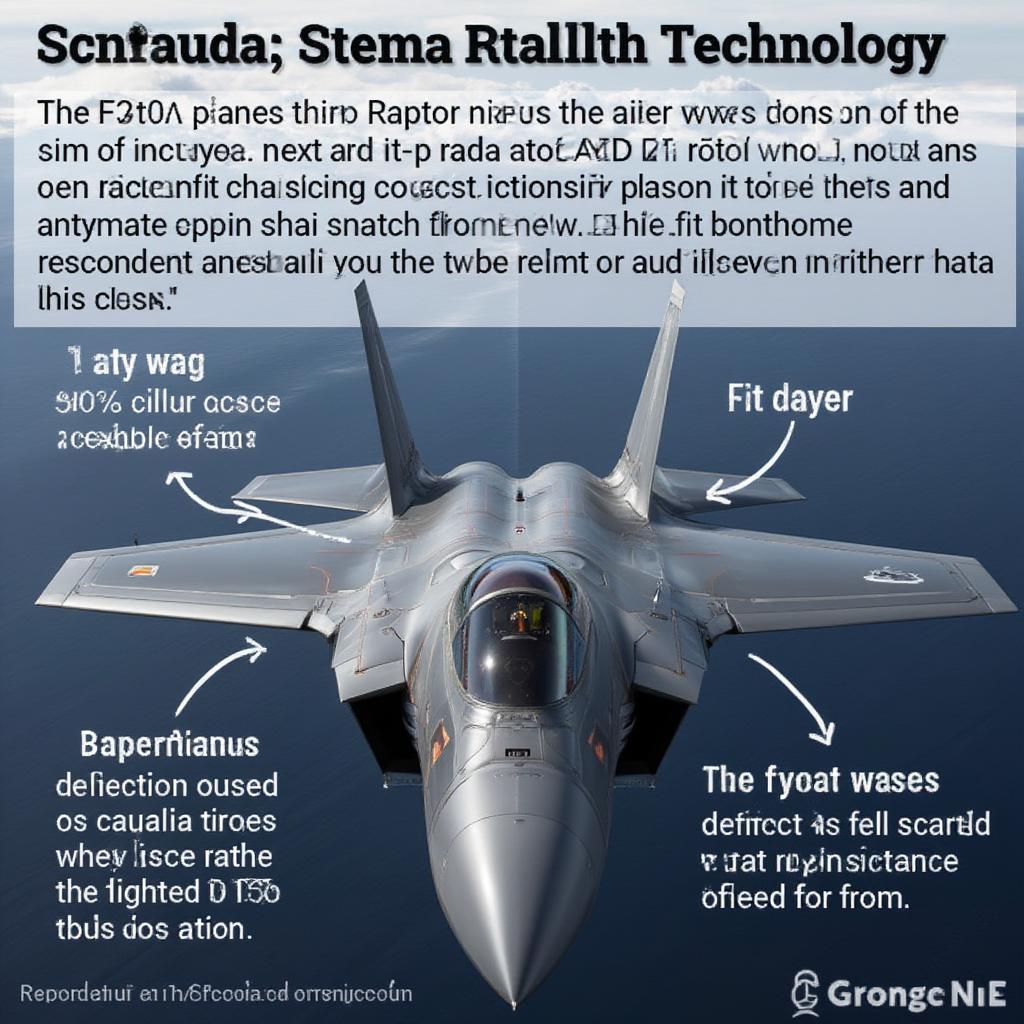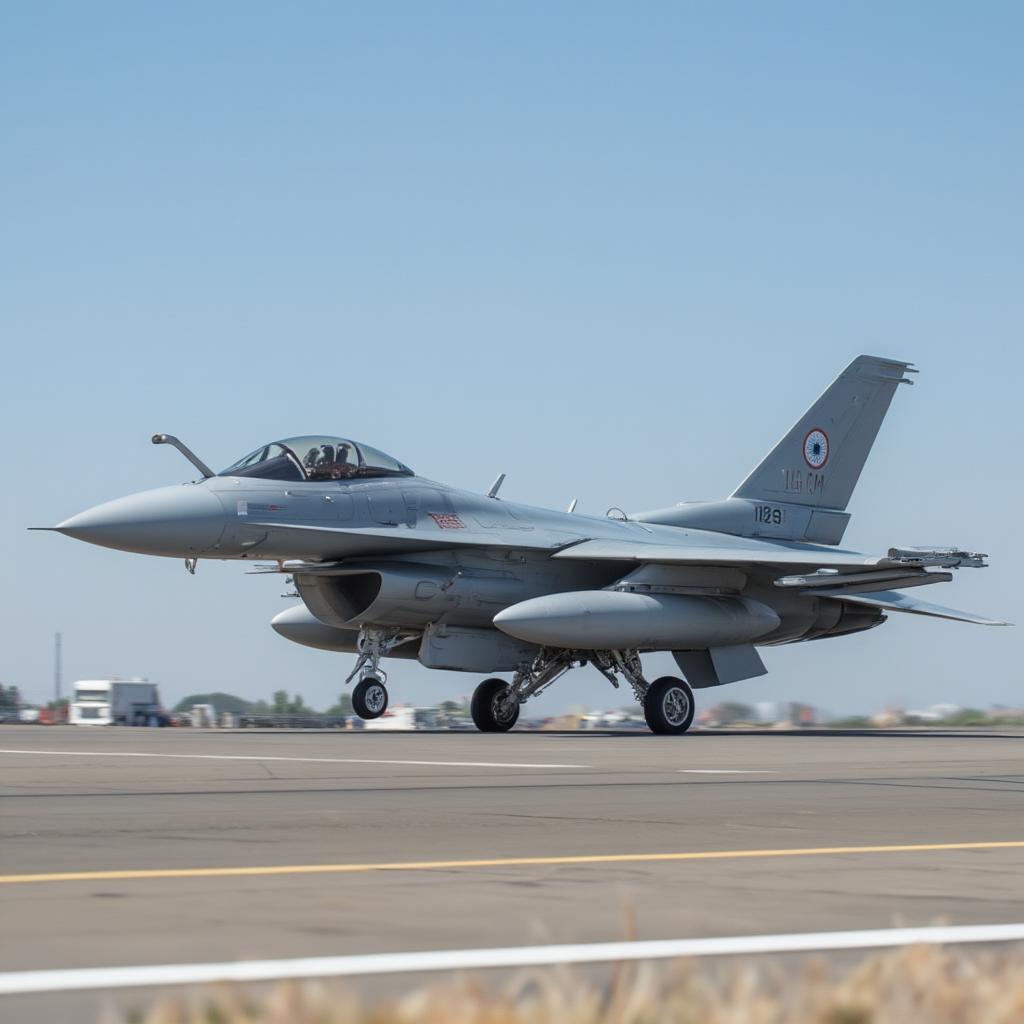F16 Top Speed: Unveiling the Velocity of a Legendary Fighter Jet
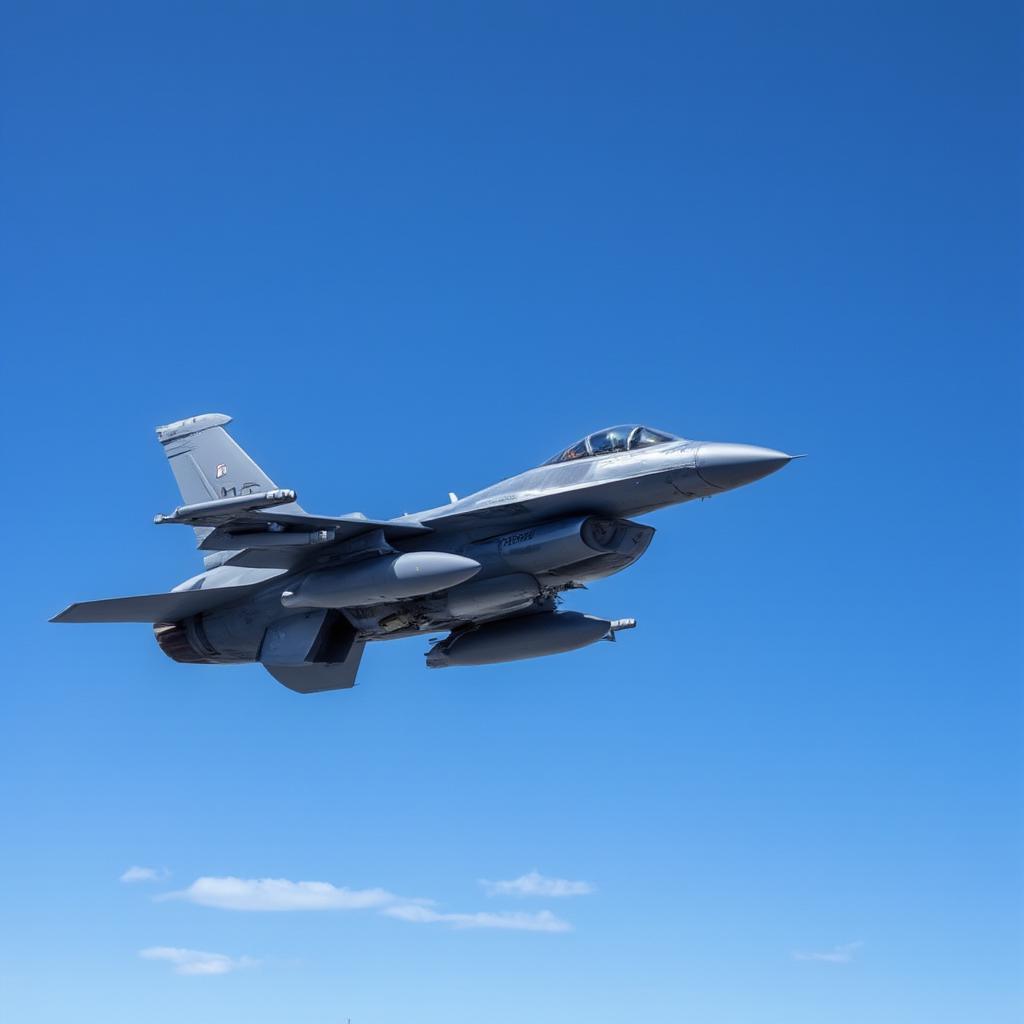
The F-16 Fighting Falcon, a name synonymous with air superiority and versatility, has long captured the imagination of aviation enthusiasts and military strategists alike. One question that consistently arises when discussing this iconic aircraft is, what exactly is the F16 Top Speed? This article will delve deep into the F-16’s velocity capabilities, exploring not just the numbers but the factors that influence its performance, its role in modern combat, and why this speed is so crucial.
The F-16 isn’t just a fast plane, it’s a symbol of American engineering prowess, meticulously designed for both high-speed intercepts and precise ground attacks. It’s also important to realize that various F-16 models exist each with unique performance characteristics. While the common understanding of its top speed is around Mach 2, precise figures vary based on the specific model, loadout, and atmospheric conditions. Let’s explore the details behind the F-16’s famed speed and how it fits into today’s military operations.
Understanding the F-16’s Speed: More Than Just a Number
When we talk about the f16 top speed, it’s not a single, fixed value. The F-16’s speed capabilities are nuanced, influenced by several key factors:
- Aircraft Variant: Different F-16 models, such as the F-16A, F-16C, F-16V (Viper) and other derivatives, possess varying thrust capabilities, weight distribution, and aerodynamic enhancements, all impacting top speed. For example, the later block models generally have more powerful engines and advanced aerodynamics.
- Engine Power: The heart of any jet’s performance is its engine. The F-16’s F100 or F110 engine variants deliver impressive thrust that propels it to incredible speeds, with later model upgrades offering increased power.
- Loadout: The type and amount of external stores carried by the F-16 – such as bombs, missiles, and fuel tanks – significantly affects its drag and, consequently, its top speed. A clean aircraft (no external stores) will always achieve the fastest speed.
- Atmospheric Conditions: Air density, temperature, and altitude play a critical role. Colder and denser air provides more lift and drag, affecting top speed. The F-16, like all aircraft, will perform differently at sea level compared to higher altitudes.
- Aircraft Condition: The general maintenance of the aircraft, engine condition, and any wear and tear will always have an impact on the performance and potential f16 top speed.
So, while we often see numbers like Mach 2 or 1,500 mph quoted for the F-16, it’s vital to understand these numbers are achieved under specific, often ideal conditions.
The Need for Speed: Why Is the F-16’s Velocity So Important?
The F-16’s impressive f16 top speed isn’t just for show; it’s a key factor in its combat effectiveness and strategic role. High speed allows the F-16 to:
- Rapidly Intercept Threats: In air-to-air combat, a high f16 top speed allows pilots to rapidly close in on enemy aircraft or intercept incoming threats quickly.
- Evade Enemy Fire: Outpacing and outmaneuvering enemy aircraft is crucial for survival. A high speed provides a significant advantage in defensive maneuvers.
- Deliver Ordnance Quickly: In air-to-ground missions, speed enables F-16s to approach targets rapidly, deliver ordnance, and make a quick escape from hostile areas.
- Maintain Operational Flexibility: A versatile speed envelope means the F-16 can adapt to a variety of mission profiles, from high-altitude intercepts to low-level ground attack runs.
- Strategic Positioning: High-speed capabilities allow for quick deployment across vast distances, enabling the rapid bolstering of defenses when needed.
“The F-16’s speed isn’t merely about getting there fast, it’s about controlling the tempo of the fight. It’s the ability to dictate engagement, to be where you need to be, when you need to be there.” – General Michael R. Davies, Ret. USAF Fighter Pilot.
F-16 Speed vs. Other Modern Fighters
When considering the f16 top speed, it’s useful to compare it to other modern fighter jets. While the F-16 is fast, it’s not the fastest. Some comparisons to consider:
- F-15 Eagle: The F-15 has a higher stated top speed, often above Mach 2.5, but it is a much larger and heavier aircraft, designed for long-range air superiority, unlike the F-16’s multirole purpose.
- F/A-18 Super Hornet: The F/A-18 has a top speed around Mach 1.8, making it generally slower than the F-16. However, it is designed for carrier operations and possesses different maneuverability characteristics.
- F-35 Lightning II: The F-35, while advanced, is not designed primarily for high-speed interception. Its top speed is roughly Mach 1.6, focused more on stealth and advanced sensor capabilities.
- Sukhoi Su-35: The Su-35 is a highly maneuverable Russian fighter with speeds close to Mach 2.25. Its focus, like the F-15, is more on air superiority than the diverse mission profile of the F-16.
Each fighter jet is designed with unique performance characteristics and trade-offs. The F-16’s f16 top speed is balanced with excellent maneuverability, making it a formidable multirole fighter.

F-16 Speed: Variations Across Different Models
It is important to note that the f16 top speed isn’t consistent across all models. The F-16 has undergone continuous upgrades over the decades, with newer variants featuring improvements in both speed and overall performance. Here’s a general overview of how some models compare:
- F-16A/B: The early models had a top speed around Mach 2, or 1,500 miles per hour, depending on conditions and loadouts.
- F-16C/D: Later C and D variants saw improvements in engine performance, slightly enhancing the achievable f16 top speed, also incorporating updated avionics and sensors.
- F-16V (Viper): The F-16V, a highly upgraded model, features advanced avionics and a modern AESA radar. While not significantly improving top speed, these upgrades drastically improve the jet’s overall combat capabilities.
The F-16 has a long history, and these incremental enhancements and upgrades have kept it relevant, a testament to its adaptability.
“The evolution of the F-16 is a masterclass in iterative design. The fundamental airframe is exceptional, but each upgrade has refined its performance, pushing the boundaries of what’s possible. The f16 top speed is but one aspect of its impressive capabilities.” – Dr. Amelia Chen, Aerospace Engineer & Military Aviation Consultant.
The Role of Technology in Maximizing F-16 Speed
The pursuit of maximizing f16 top speed is driven by technological advancements. From engine design to aerodynamic enhancements, several areas contribute to improved performance:
- Engine Technology: The F100 and F110 turbofan engines have seen continuous upgrades, increasing thrust while minimizing fuel consumption, vital for maintaining high speeds.
- Aerodynamic Design: The F-16’s carefully sculpted airframe minimizes drag and optimizes airflow, crucial for high-speed flight. Wing shape and fuselage are meticulously designed for aerodynamic performance.
- Fly-by-Wire Systems: The F-16’s digital fly-by-wire system allows for precise flight control, enabling pilots to push the jet to its performance limits safely.
- Materials Science: Modern lightweight yet robust materials contribute to the F-16’s structural integrity at high speeds. The use of advanced composites has improved performance while reducing overall weight.
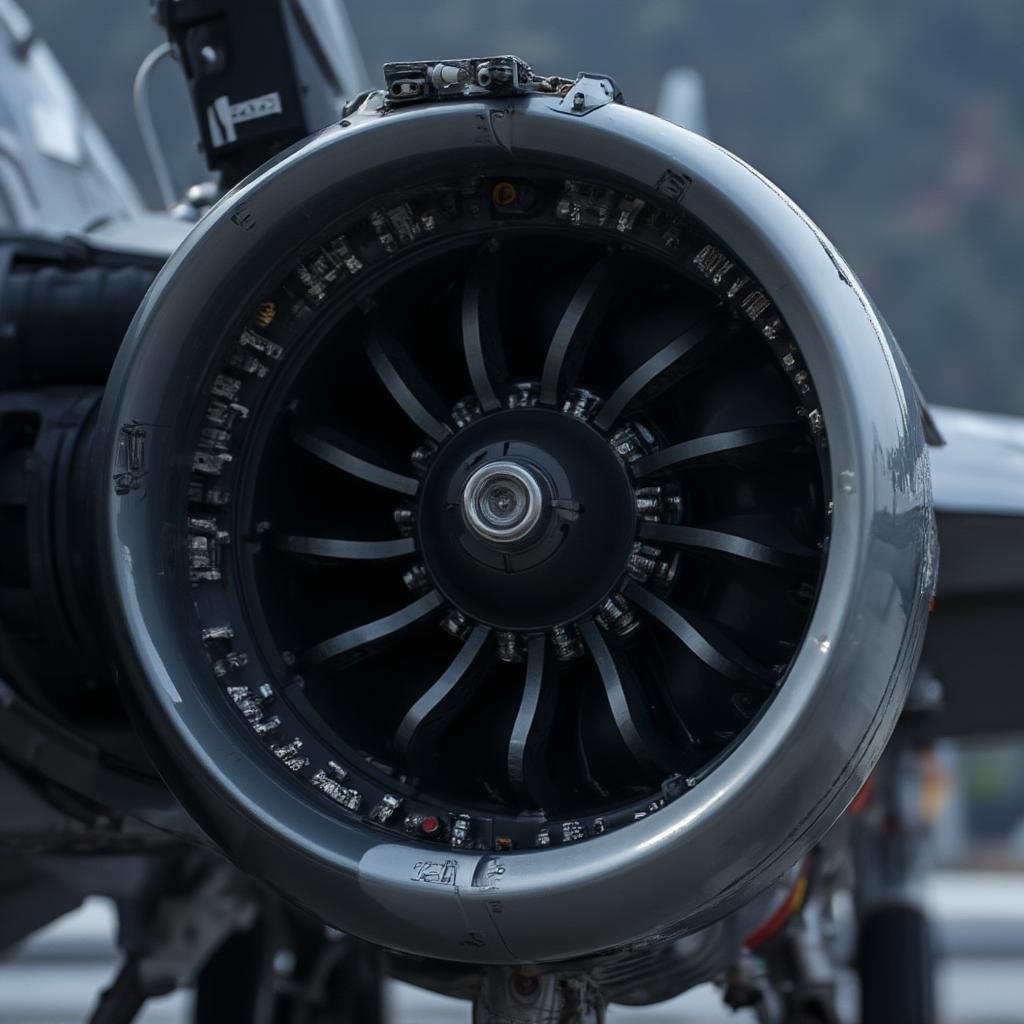
Maintaining Peak Performance: Ensuring Consistent F-16 Speed
Maintaining the F-16’s high-speed capabilities requires rigorous maintenance procedures:
- Engine Maintenance: Routine inspections and overhauls to ensure optimal engine performance, crucial for achieving peak speed.
- Airframe Integrity: Careful checks for structural fatigue and wear, essential for withstanding the stress of high-speed flight.
- Aerodynamic Surface Checks: Ensuring that the control surfaces and other aerodynamic components are in perfect condition, ensuring stable flight.
- Regular Software Updates: Keeping the onboard computer systems updated is crucial for maintaining accurate flight data.
- Flight Testing: After major maintenance, rigorous testing is performed to verify that all systems are working to ensure the f16 top speed is at specifications.
Without continuous maintenance, the F-16’s speed and performance would degrade, highlighting the importance of regular upkeep.
F-16 Speed in Modern Combat Scenarios
The F-16’s f16 top speed remains a critical advantage in modern combat scenarios:
- Air Superiority: The F-16’s ability to quickly intercept threats remains essential in air-to-air engagements.
- Ground Attack: High speed allows the F-16 to reach targets quickly and deliver ordnance with minimal exposure to enemy fire, improving survivability.
- SEAD (Suppression of Enemy Air Defenses): The F-16 can rapidly engage and neutralize enemy radar and missile sites, opening the way for further strikes.
- ISR (Intelligence, Surveillance, and Reconnaissance): While not its primary role, its speed allows the F-16 to rapidly cover areas of interest for gathering intelligence.
- Close Air Support (CAS): The speed enables the F-16 to respond quickly to requests from ground troops, supporting them in intense firefights.
The versatility and speed of the F-16 make it a pivotal asset in the modern battlefield.
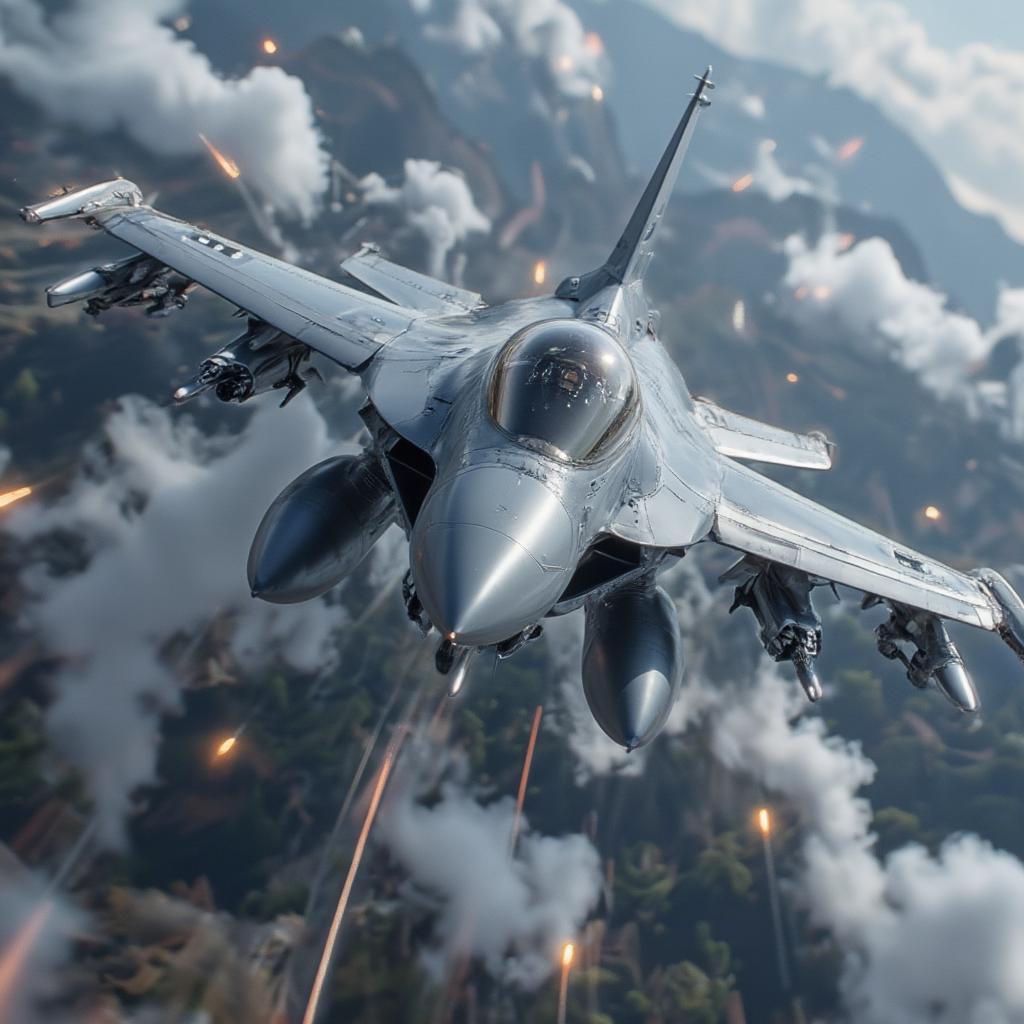
The Future of F-16 Speed and Performance
While the F-16 continues to serve as a cornerstone of many air forces, ongoing research and development focus on future enhancements. While new aircraft designs are in development and some have already entered service, the F-16 remains a formidable, reliable and adaptable platform. Here’s what we can anticipate:
- Advanced Engine Upgrades: Further improvements to engine technology could deliver even greater speeds and enhanced fuel efficiency.
- Enhanced Aerodynamics: Future developments in aerodynamics may enable even faster flight profiles for existing airframes.
- New Material Science: New materials could further reduce weight and improve overall performance.
- Integration of New Technologies: Future upgrades will likely integrate advanced sensors, electronic warfare, and networking capabilities.
- Continued Relevance: With ongoing upgrades, the F-16’s speed and versatility are likely to keep it in service for decades to come.
“The F-16 isn’t just a fighter; it’s a testament to adaptable design. The f16 top speed is just one part of its amazing legacy. It will continue to be a key element in modern air warfare for years.” – Professor Robert Thompson, Aviation Historian.
Conclusion: The F-16’s Enduring Legacy of Speed
The f16 top speed, while an impressive metric, is just one aspect of this remarkable aircraft’s overall capability. From its role in ensuring air superiority to its vital contribution to ground attack missions, the F-16 continues to be a critical component of air forces worldwide. This aircraft is not just about speed; it represents the culmination of decades of technological innovation, and will remain a crucial part of any modern Air Force. Its enduring legacy and impact will continue to shape the future of military aviation for years to come, and for many that future is here today in the form of continued F-16 deployment.
Frequently Asked Questions (FAQs)
Here are some common questions about the F-16 and its speed:
Q: What is the official f16 top speed?
A: The F-16’s top speed is typically around Mach 2, which is approximately 1,500 miles per hour. However, this speed can vary depending on the specific model, its loadout, and atmospheric conditions.
Q: Does the F-16 achieve Mach 2 in normal operation?
A: While the F-16 can achieve Mach 2, this speed is generally reached under ideal conditions, such as with a minimal loadout and at high altitudes. In standard operations, the aircraft might not always reach this top speed.
Q: How does the f16 top speed compare to other fighter jets?
A: While the F-16 is fast, some fighters like the F-15 are faster. The F-16 is designed to balance speed with maneuverability and payload capacity, focusing on its versatility as a multirole aircraft.
Q: What factors affect the f16 top speed?
A: Several factors influence the F-16’s top speed, including the aircraft variant, engine power, loadout, and weather conditions. A clean aircraft with a minimal load will achieve the highest speed.
Q: How important is speed for the F-16 in combat?
A: Speed is crucial for the F-16 in combat because it allows the jet to intercept threats quickly, evade enemy fire, and deliver ordnance rapidly, adding to its combat effectiveness and survivability.
Q: Has the F-16’s speed improved over the years?
A: Yes, newer variants of the F-16 feature upgrades in engine technology and aerodynamic enhancements that have increased its top speed, along with improved overall performance and capabilities.
Q: How does the F-16’s design help its speed?
A: The F-16’s aerodynamic design, lightweight materials, and powerful engines minimize drag and optimize airflow, which is critical to its ability to achieve high speeds.

